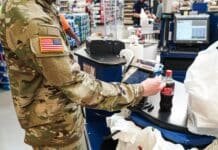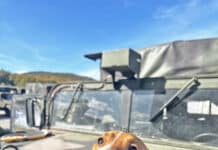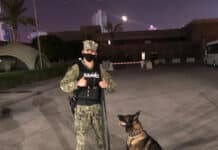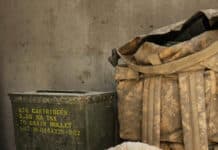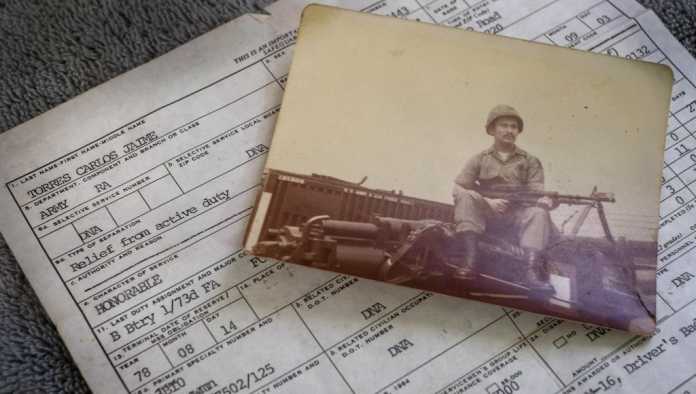
BY JEREMY SCHWARTZ
Just before dusk, Carlos Torres gets ready for work on the night shift.
The memories of his former life hang all around his concrete box of a home in the Aquiles Serdan section of Reynosa, one of the poorest neighborhoods in one of the hemisphere’s most dangerous cities. A black POW/MIA flag hangs over the bed in a cramped bedroom; yellowed photos of Fort Bragg, N.C., sit on a dresser; an Army jacket rests on a makeshift clothes rack.
These days, Torres, 61, puts on a different kind of uniform: He tucks a blue button-down shirt, emblazoned with “Seguridad,” into crisp black jeans, adjusts his black baseball cap and makes sure his ID card is clipped on tight. Every afternoon he gets in his used Ford sedan, the suspension shot to hell, and navigates the rutted streets of this border city, which has been locked in a cycle of drug cartel violence for half a dozen years.
on tight. Every afternoon he gets in his used Ford sedan, the suspension shot to hell, and navigates the rutted streets of this border city, which has been locked in a cycle of drug cartel violence for half a dozen years.
He points the car toward a drab industrial park on the edge of town where he earns a little over 80 cents an hour making sure employees who earn even less building air compressors don’t pocket the parts.
“Read the Full Article at www.washingtontimes.com >>>>”
All content herein is owned by author exclusively. Expressed opinions are NOT necessarily the views of VNR, authors, affiliates, advertisers, sponsors, partners, technicians, or VT Network. Some content may be satirical in nature.
All images within are full responsibility of the author and NOT VNR.
Read Full Policy Notice - Comment Policy




